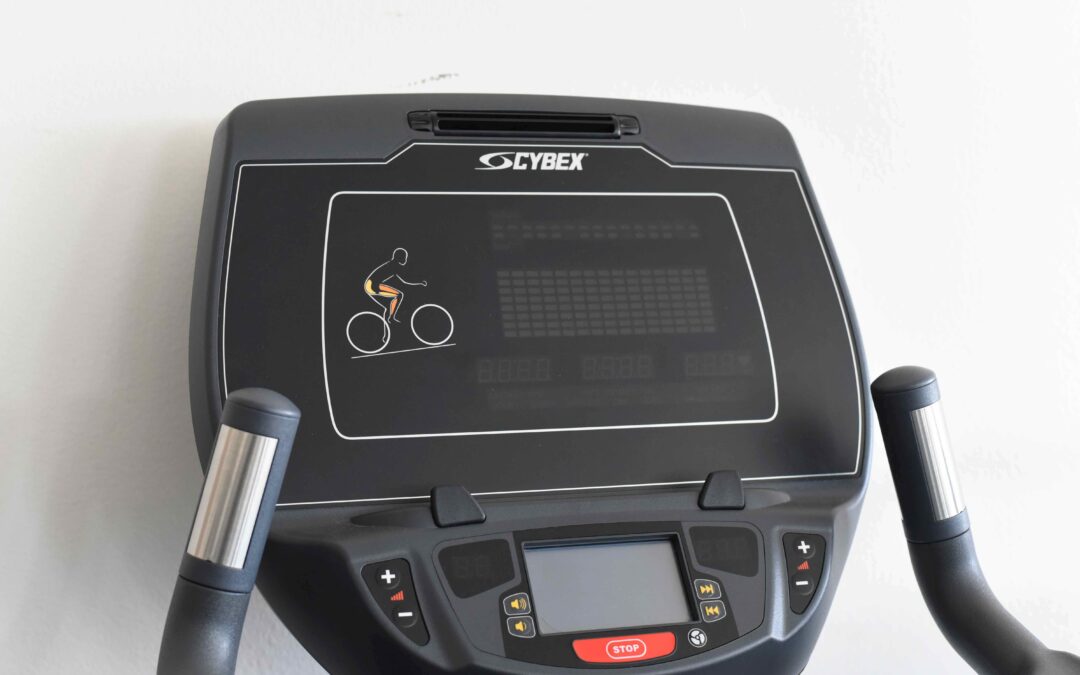In the pursuit of fitness and health, the cost of equipment can often be a stumbling block. However, used fitness equipment presents a savvy solution for those looking to build a home gym without breaking the bank. While the idea of purchasing second-hand gear might bring questions of quality and durability, with the right knowledge and approach, you can make choices that are both economical and effective. This guide will explore innovative strategies and provide essential advice for selecting used fitness equipment, ensuring you get the best value and performance.
- Understanding Your Fitness Goals: Begin by assessing your fitness objectives. Different goals require different equipment – cardio, strength training, flexibility, or a combination. This understanding will guide your purchasing decisions.
- The Benefits of Going Pre-Owned: Highlight the advantages of buying used equipment, such as significant cost savings, the opportunity to access higher-quality brands, and the environmental benefit of reusing and recycling.
- Where to Find Quality Used Equipment: Explore various sources for purchasing used fitness equipment, including online marketplaces, local gym sales, second-hand sports stores, and social media community groups.
- Checking for Quality and Safety: Offer tips on inspecting used equipment. Look for signs of wear and tear, check for stability and smooth operation, and test electronic components if applicable.
- Avoiding Common Pitfalls: Warn about common mistakes, such as buying outdated equipment, ignoring comfort and ergonomics, or purchasing based solely on price without considering condition and functionality.
- The Rise of Refurbished Equipment: Discuss the option of buying refurbished equipment from reputable dealers, which often comes with some form of warranty and assurance of quality.
- Incorporating Technology: Suggest ways to supplement used equipment with modern technology, like fitness apps or wearable trackers, to enhance the workout experience and track progress.
- Creating a Balanced Home Gym: Provide ideas for creating a well-rounded home gym with a mix of cardiovascular machines, strength equipment, and flexibility tools, all while being mindful of space and budget constraints.
- Maintenance Tips for Longevity: Share advice on maintaining and caring for used fitness equipment to prolong its life and ensure safety during workouts.
- Sustainability and Eco-Friendly Fitness: Emphasize the environmental impact of choosing used equipment, contributing to a sustainable and eco-friendly fitness lifestyle.
- Community and Social Proof: Encourage readers to seek recommendations and reviews from fitness communities, which can provide valuable insights into the reliability and performance of used equipment.
- Negotiation and Bargaining: Offer strategies for negotiating prices, especially when buying from individual sellers or in markets where haggling is common.
Conclusion: Investing in used fitness equipment is not just a budget-friendly choice but a smart way to contribute to a sustainable environment. By carefully considering your fitness goals, inspecting for quality, and maintaining your equipment, you can build an effective and enjoyable home gym. Remember, the path to fitness doesn’t necessarily require brand-new tools. With a thoughtful approach, used equipment can be an excellent ally in your fitness journey, providing both affordability and quality.

